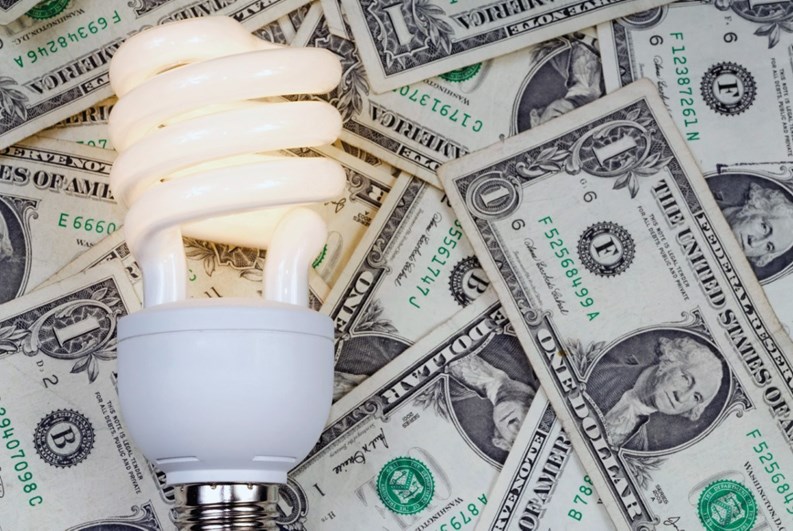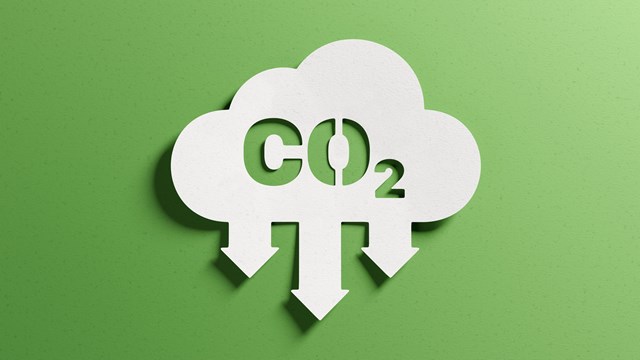From your neighbor’s spiffy hybrid automobile to Leonardo DiCaprio’s “célèbre-green” status, it’s clear that increased attention to the environment is both vitally important and in vogue. It is also clear that there is huge savings potential in increasing energy efficiency. But what to do and how to do it is a little less clear. From basements to rooftops, here are a few ideas for bringing your building from light green to dark green.
Start With a Plan
From low-flow faucets to high-efficiency boilers, there are so many options that it is easy to get overwhelmed. Joel Travis of Andelman and Lelak Engineering in Norwood, Massachusetts, suggests a good first step is to identify the areas with the greatest need by studying energy and water usage. Large items like boilers, central air conditioners, and lighting systems can often be big energy wasters. If examining the various systems of the entire building is too complex, companies like Andelman and Lelak can help. According to Travis, the company builds what is in essence a virtual model of larger scale building in order to facilitate the cost/benefit analysis of many upgrades.
Once the major areas are identified, it can be helpful to create a plan that moves systematically through the major fixes before fine-tuning the building for optimum energy and water savings. For example, the energy savings from upgrading the boiler may help pay for converting the entire building to low-flow faucets; the water savings may provide money for replacing windows, and so on.
Let the Light Shine
However many factors influence the creation of a plan, most experts agree on the first, best, and easiest step. Replacing all incandescent light bulbs with compact fluorescent bulbs is, as Travis says, “a no-brainer.” CFL bulbs use one-third of the electricity of incandescent bulbs, are reasonably priced, and provide excellent light. While CFL bulbs used to be available only in limited sizes and wattages and took forever to light up, increasing demand has changed all that. Now, most retailers carry a variety of sizes, shapes, and wattages at reasonable prices. And the prices will continue to drop.
Healthy Air
Another major area to examine is the HVAC system. As Travis points out, in many homes and condominiums, the heating/air conditioning systems are major energy draws and there is often great savings potential in updating or upgrading out-of-date systems. Allen Rathey of the Healthy House Institute in Boise, Idaho, even goes a step further, pointing out that HVAC systems are “one of the primary ways of cleaning the air.” However, many systems are extremely inefficient in either warming or cooling the air flowing into a house. Rathey suggests Heat Recovery Ventilators (HRVs) or Energy RecoveryVentilators (ERVs), which circulate through energy exchangers. These energy exchangers transfer either the heat or coolness of the outgoing air to the incoming air, greatly reducing the energy needed to bring the air coming into the home to the right temperature.
In addition to the energy savings, the units help circulate greater amounts of fresh air through the building, therefore decreasing the number of indoor pollutants and contaminants. These HRVs and ERVs are becoming increasingly common in green homes and will continue to come down in both price and size. As Rathey reminds property managers, no matter what type of HVAC system your site utilizes, be sure that the filters are clean and all ductwork has been sealed.
On-Demand Hot Water
Rathey also supports the use of on-demand or “tankless” water heaters for condominium units. These hot-water systems heat water as it flows through the pipes, thus eliminating the need fora tank of stored water kept at a high temperature. The added benefit here is theoretically limitless hot water on demand – no showers going cold halfway through. However, this may also be the downfall for the energy savings as 20-minute showers become 40-minute showers. Rathey tells of a homeowner who installed a tankless water heater and sat back to enjoy the energy savings only to find out his teenage daughters were spending an hour-and-a-half on their showers.
Combining a tankless water heater with a low-flow shower head may be the best option there. If a tankless water heater is not possible, at the very least, ensure that your existing water-heater is insulated. Wrapping a water-heater can cut down heat loss by as much as 45%.
Energy savings aside, the bathroom also provides another area of potential savings – this time in water. Dual (or low-flush) toilets have been widely available in Europe and elsewhere in the world for many years and are now starting to take hold in the U.S. With a dual-flush toilet, there are two buttons, one for a low-flush option for just liquid and another for larger, more powerful flushes. The water savings can be dramatic.
What’s Cooking in the Kitchen
As the home to many appliances, a sink, and dishwasher, the kitchen is another productive area for energy and water savings. Replacing older, less efficient appliances with more efficient, Energy Star appliances will yield great savings in the long haul. To find out more about the Energy Star governmental program, visit http://www.energystar.gov/. If you can’t replace the appliances, cleaning out the refrigerator coils on the appliance’s back every six months is a great way to see energy savings.
In addition, cabinetry, countertops, and tiles all come in eco-friendly versions now. Although they may not be a money-saving vehicle, these materials often reduce overall waste and raise value for the residents.
Sunnyside Up
With some of the more obvious solutions addressed, property managersmay turn to the less clear options. Among the more conditional ones is solar power. In some locations (southern exposures with many bright sunny days), installing electricity-generating photovoltaic solar panels that sell electricity back to the energy grid is an investment that can pay off in as little as seven to ten years, and provide years and years of not just savings but additional income after that.
If roof space or weather constraints make solar energy generation less feasible, property managers may want to consider a solar water heating system. These systems are easy to combine witha traditional water heating system and can also provide significant energy savings.
There are other ways to harness the power of the sun. These “passive solar” options include south-facing windows, skylights, and terraces to bring more natural light and wintertime heating into a building. With all windows, replacing older glass with low-e panes that have appropriate R-and U-values for the location will help keep buildingscomfortable year-round.
One Step at a Time
Although the wealth of resources available, the rising flood of “green products,” and limited resources for renovations and updating may make the greening of an entire condominium unitoverwhelming, each little step helps.
Start with a plan and the simple first step of replacing light bulbs, and then keep going, step by step. While some of the steps may not yield immediate savings, each step is a great investmentin the future. And before you know it, your property will be reducing its impact on the environment, saving money, and providing a healthier place for people to live.
Robert Todd Felton is a freelance author living in Northampton, Massachusetts







Comments
Leave a Comment